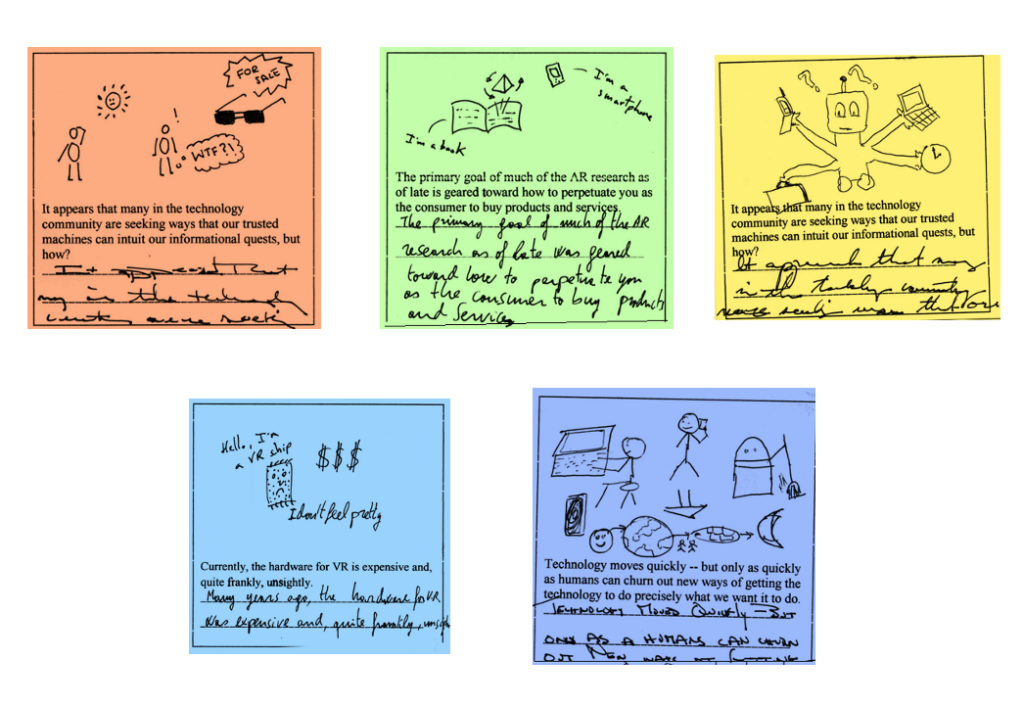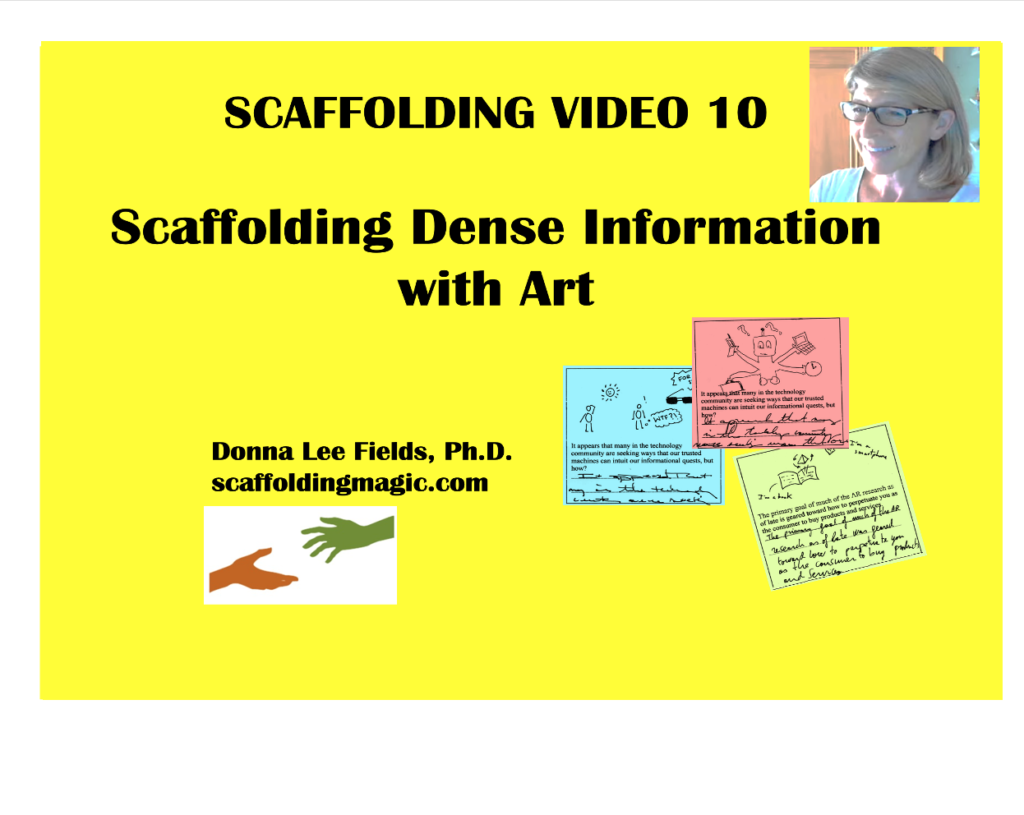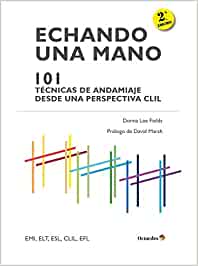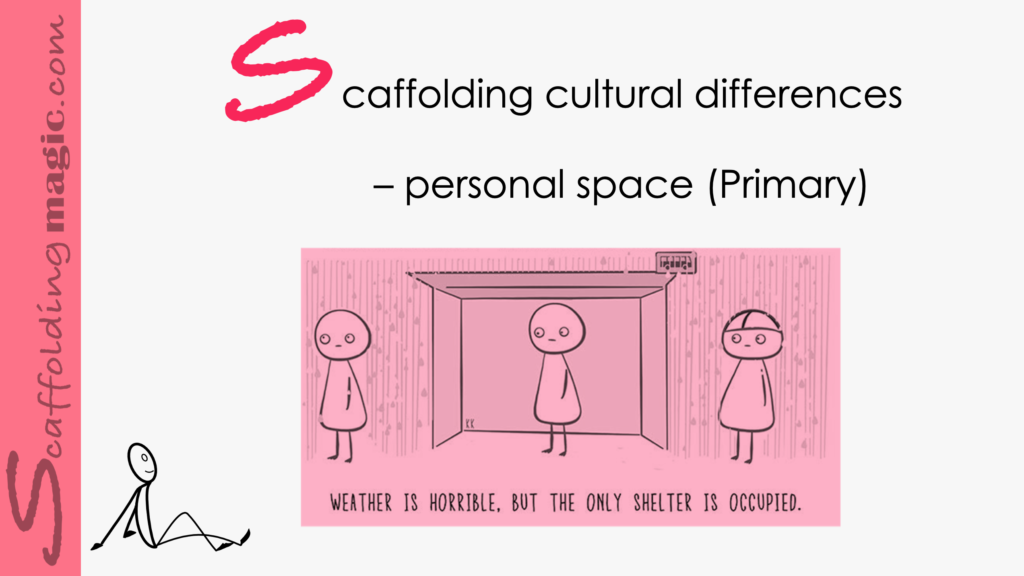You caught a beauty!!!
Download PDF of scaffold here
theory behind scaffold…
It may intrest you to know that the importance placed on different intelligences is tied to social values. A capitalistic society values linguistic-verbal It may interest you to know that the importance placed on different skills is tied to social values. A capitalistic society values linguistic-verbal and mathematical-logical skill, while a communal society places more value on interpersonal and intrapersonal abilities.
The values most honoured in different cultures dictate the amount of focus those skills have in the sphere of education: the importance placed on those abilities provide the motivation to develop those areas. In this global environment, we need to help our students to develop as many skills and abilities as possible so that they are qualified for a myriad of situations. To help them with this, we present information through activities that give birth to different learning styles. *
Another way to say this, is that it is important for us to provide multiple entry points for our students as they move forward in the learning of new information (and even in reviewing past studies). Some students in your class might be able to function in the classroom language linguistically without the need for other means of adaption. On the other hand, many of your students need visuals, audio, verbal, kinesthetics or physical interaction with the material – or any combination of these – to assimilate new knowledge.
Although it would be unreasonable to expect that we present each activity through all learning styles, we can make the effort to embed a variety of means in the activities we have planned, as a whole. In this way, we permit our students to interact and learn through their strengths as well as strengthening their weaknesses).**
This scaffold gives students the opportunity to interact with material through linguistics and visuals. As in the best-planned activities, we also include specific language outcomes. Too often we focus only on content, but being specific about the language structure, grammar and clarity of meaning ahead of time, students feel more supported and are therefore more able to confidently participate. The examples used in this activity come from a Natural Science class on energy. You’ll see how easy it is to adapt it to your lesson.
*Garcia, Ofelia (2009). Bilingual Education in the 21st Century: A Global perspective. Singapore. Wiley-Blackwell.
**Education in the 21st Century: A Global perspective. Singapore. Wiley-Blackwell.
Step by step…
- Choose 8-10 sentences from the lesson, unit, project, story, video, podcast you’re about to work on with your students.

2. Place these sentences in text boxes (template), leaving space above for illustrations. (See examples to the left.)
- In groups, students work together to:
- read the sentences aloud,
- re-write the sentences in a grammatical structure of your choice. (You probably want to review this grammatical structure before students begin the activity. In science, this may be the passive voice, in math, this may be zero conditional, etc.)
- draw an illustration that represents some concept of the sentence.
- When the groups are finished, one member of each group reproduces one of the illustrations on the board.
- The other students guess which sentence the illustration represents.
- They say the sentences aloud as they are written and then in the grammatical structure targeted
- Repeat this dynamic until all sentences have been presented and identified.
video explanation of scaffold…


Scaffoldingmagic.com is your entryway into DYNAMIC bilingual learning methodologies, such as Phenomenon-Based Learning, CLIL, EMI, and ESL. You’ll find ways to implement critical thinking tools (DOK) to promote higher level thinking, the growth mindset, instill an ethic of excellence, deep reflection on learning, and all through multi-cultural, interdisciplinary activities. We have the keys to turning competences into action and to creating collective efficacy in your school so you move ahead as a unified, enthusiastic team.







